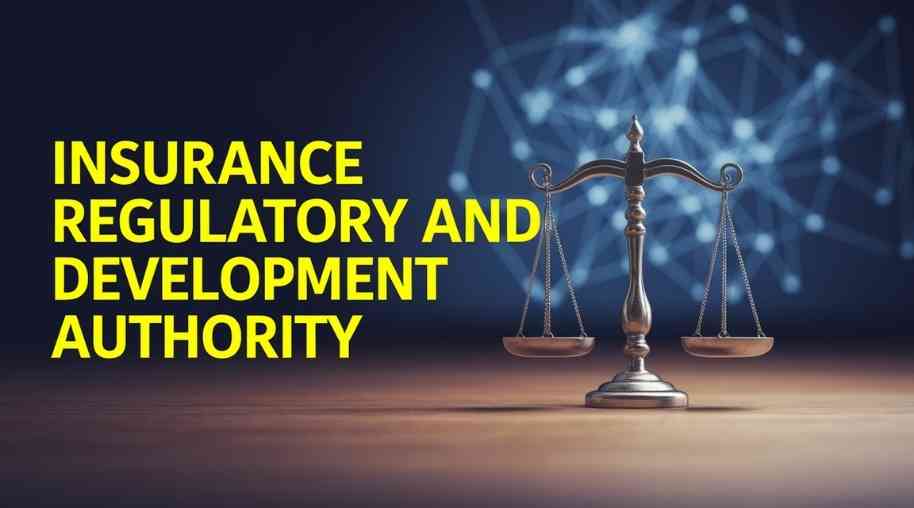PRD Full Form-Press Relations Division
by Shashi Gaherwar
0 1003
Press Relations Division: Enhancing Communication and Public Perception
Introduction
A Press Relations Division (PRD) plays a pivotal role in managing communication between an organization and the media. It ensures accurate information dissemination, maintains a positive public image, and handles crisis communication. Whether in government agencies, corporate sectors, or nonprofit organizations, an effective PRD is essential for sustaining credibility and transparency.
Functions of the Press Relations Division
A well-structured PRD executes multiple functions to strengthen media relations and public engagement. Key functions include:
1. Media Communication: Establishing and maintaining relationships with journalists, reporters, and news agencies.
2. Press Releases and Statements: Preparing and distributing official announcements to inform the public about key developments.
3. Crisis Management: Addressing negative publicity, mitigating damage, and restoring trust during crises.
4. Press Conferences and Events: Organizing media briefings, product launches, and public events to share important updates.
5. Media Monitoring: Tracking news coverage to assess public sentiment and improve communication strategies.
6. Internal Communication Support: Coordinating messages between different departments within an organization to ensure consistency.
Importance of Press Relations
An efficient PRD is instrumental in building trust and transparency between an organization and its stakeholders. The importance of press relations includes:
• Enhancing Public Image: Consistent and well-structured media engagement helps organizations project a positive image.
• Ensuring Information Accuracy: Prevents misinformation by providing verified and factual news.
• Crisis Handling and Damage Control: Effective communication strategies minimize reputational damage during adverse situations.
• Boosting Brand Awareness: Well-planned media campaigns increase visibility and brand recognition.
• Strengthening Media Relations: Establishing trust with journalists ensures fair and accurate reporting.
Strategies for Effective Press Relations
For a PRD to function efficiently, organizations must adopt effective strategies, such as:
1. Building Strong Media Relationships
a. Regular interactions with journalists foster trust and credibility.
b. Providing accurate and timely information enhances media partnerships.
2. Crafting Impactful Press Releases
a. Ensuring clarity, brevity, and factual correctness in press statements.
b. Highlighting key messages with compelling storytelling.
3. Managing Crisis Communication
a. Preparing proactive response plans for potential crises.
b. Addressing concerns openly and maintaining transparency.
4. Utilizing Digital Media Channels
a. Engaging with audiences through social media, blogs, and digital news platforms.
b. Adapting to modern communication trends for wider outreach.
5. Monitoring and Analyzing Media Coverage
a. Tracking news articles, reports, and public feedback.
b. Adjusting communication strategies based on media insights.
Challenges in Press Relations
Despite its significance, the PRD faces several challenges, including:
• Managing Negative Publicity: Handling false narratives and misinformation can be difficult.
• Adapting to Media Trends: Rapid changes in digital media require continuous strategy updates.
• Crisis Management Pressure: Timely and effective responses are essential to controlling damage.
• Balancing Transparency and Confidentiality: Sharing information while protecting sensitive data is a critical task.
The Future of Press Relations
The field of press relations is evolving with advancements in digital communication and artificial intelligence. Future trends include:
• AI-Powered Media Analysis: Using AI tools to analyze news trends and predict media responses.
• Social Media PR: Enhancing engagement through interactive digital campaigns.
• Real-Time Crisis Communication: Leveraging instant communication tools to address issues as they arise.
• Increased Data-Driven Strategies: Using analytics to refine PR campaigns and improve outreach.
A Press Relations Division (PRD) is vital for organizations seeking to establish a strong media presence and maintain a positive reputation. By implementing strategic media engagement, crisis management, and digital communication techniques, organizations can enhance their public perception and credibility. In an era where information spreads rapidly, a well-structured PRD ensures that an organization’s voice is heard clearly and accurately.

Share:








Comments
Waiting for your comments